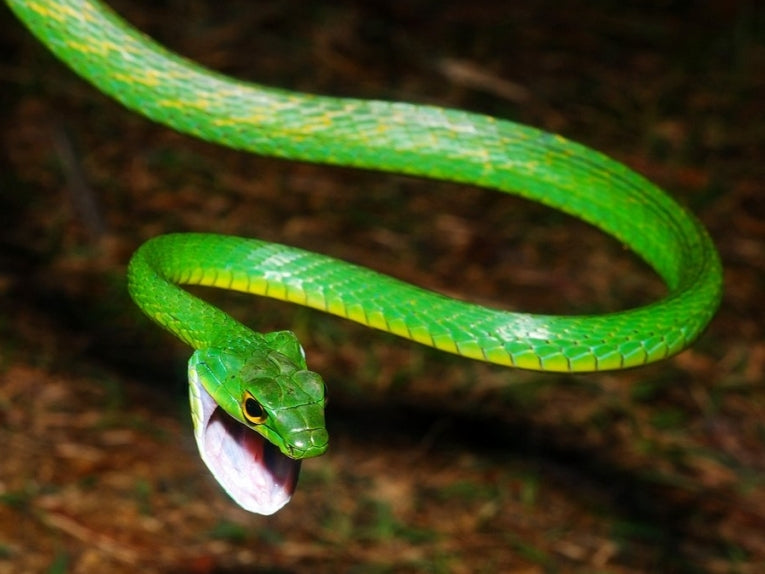The most diverse terrestrial vertebrates could be the squamate reptiles that somehow bother us in the roof, the forest or the compost heap. The most amazing secrets they have are just being uncovered. How did all of these slim and successful entrepreneurs evolve from each other and their ancestral forms?
The answer lies in the soil-burrows that primitive snakes made, from which they emerged to re-colonise the surface. 9000 species have emerged from the earth in 61 families to terrorise the squeamish. The squeamish might well be correct in their assertions as human phobias have developed for good reason. Up to 20,000 people die every year from snakebite. John J. Wiens and his colleagues from various US Universities publish their slippery research today in Biology Letters.
Many reptilian loci from 44 nuclear genes were used by the research, instead of the one or two previously used by other studies. The dibamid group of legless lizards appeared to be sister-groups (ie. equally-associated) with both gekkos and squamates generally in their evolution, whereas previous research always placed them at differing stages of the squamate phylogeny.
The snake groups are more divided by these measures than previously with several parallel groups becoming specialised burrowers. Evolution of modern snakes then depends upon them independently becoming surface dwellers again. Burrowing snake-like lizards, such as the slow-worms, have long bodies and short tails.

The helmeted lizard is a tropical American species, related to the previously-mythical basilisks; Credit: © John Wiens
That contrasts with the snakes' morphology of shorter body and long tail, while supporting the paper's evidence. Snakes may however have evolved their similar shapes independently in several groups. Lizards of course are ancient like the iguanids or agamids, and more modern like the successful lacertids.
How does this make you feel about snakes and lizards? Hopefully the non-venomous species shown here will reassure that they are far more likely to suffer from human encounters than we are. The exception is the incredible chemicals they have evolved, in lizards as well as snakes, as neurotoxins and others, proving more and more to be valuable in medicine for heart, nervous and of course, snake-bite therapy!










